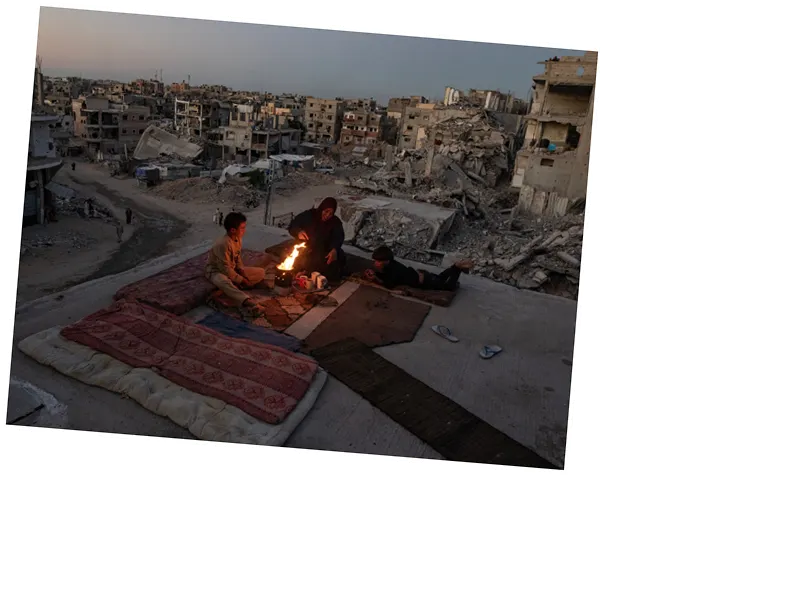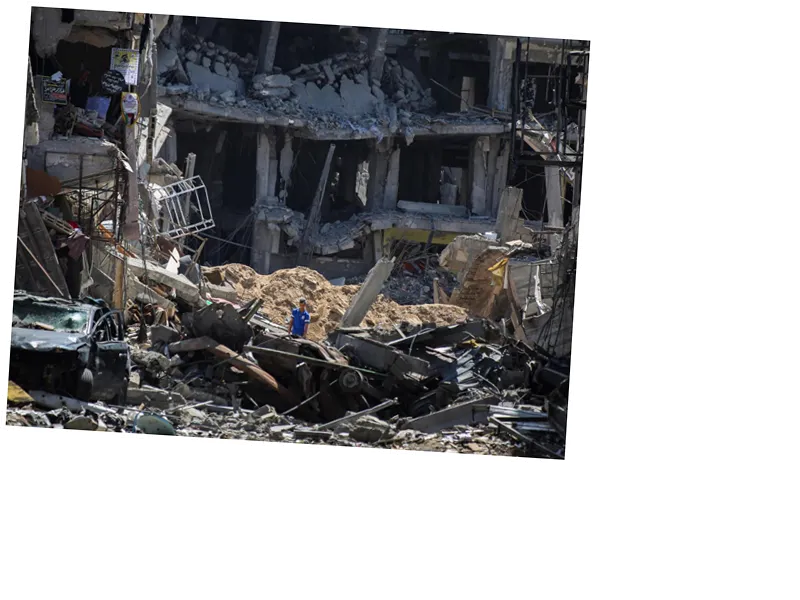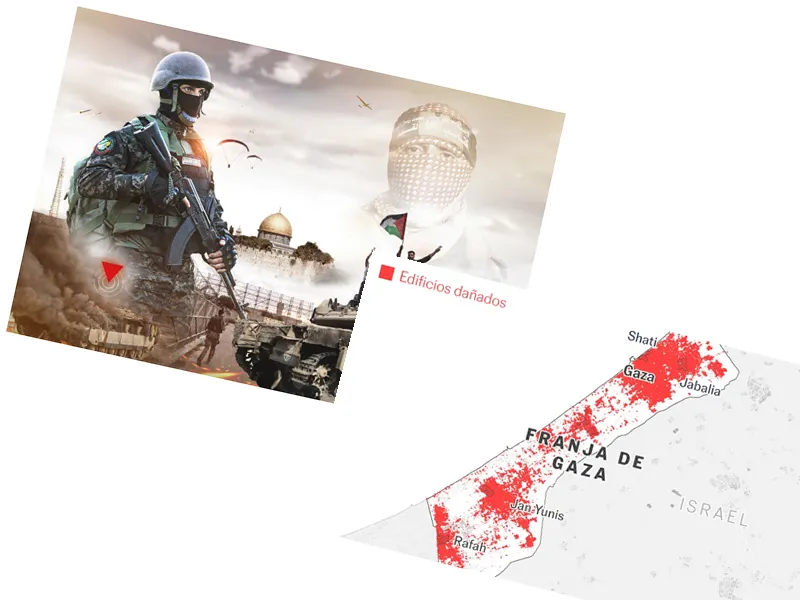The Evolving Reality in Gaza: A Year of Conflict
In the wake of a year marked by intense conflict, Israeli writer Shmuel Ornitz has articulated a concerning vision of the future for the Gaza Strip. His insights, published in the Israeli Communist Party's weekly magazine, suggest that the Israeli government's military strategies are not merely reactive but are aimed at reshaping the demographic and political landscape of Gaza. As the situation unfolds, it becomes evident that the so-called 'day after' is taking shape, with irreversible changes already in motion.
Ornitz highlights the establishment of a 'security zone' along Gaza's eastern border, which has led to significant agricultural destruction. UN reports indicate that approximately 68% of agricultural land has been damaged, exacerbating the humanitarian crisis in a region already struggling with resource shortages. The Israeli government's actions, including the systematic destruction of residential areas and public infrastructure, are creating an increasingly inhospitable environment for the Palestinian population.
Settlement Plans and Humanitarian Concerns
As part of its strategy, the Israeli government has initiated plans to re-establish settlements in Gaza, as evidenced by a conference held in January that emphasized the return to these areas. Key figures in the Israeli government, including Finance Minister Bezalel Smotrich, have voiced support for this initiative, which aligns with the broader goals of the current administration. This push for resettlement is accompanied by a grim reality: Ornitz reports that over 42,000 people have died, with 1.9 million displaced, representing 90% of Gaza's population.
The writer also raises alarms about the concept of 'privatizing the occupation,' wherein responsibilities for humanitarian aid and governance would be transferred to private entities. This approach, exemplified by the involvement of the American Global Delivery Company, raises questions about the future of humanitarian efforts in Gaza, as it is feared that aid could become a tool for further control rather than genuine relief.
International Reactions and Future Implications
The situation in Gaza has drawn criticism from various human rights organizations, with B'Tselem labeling the mass expulsion of residents as ethnic cleansing. The ongoing military operations and the blockade of humanitarian aid have led to a dire humanitarian situation, compounded by the media's focus on Lebanon, which obscures the plight of Gazans. As Ornitz notes, the Israeli government has adopted three strategic steps since the onset of the conflict: mass killing, siege, and displacement, all of which have devastating consequences for the civilian population.
As the international community watches closely, the future of Gaza remains uncertain. The potential for further escalation in military operations and the continued implementation of these strategic plans could lead to a more profound humanitarian crisis, challenging the already fragile stability in the region.






